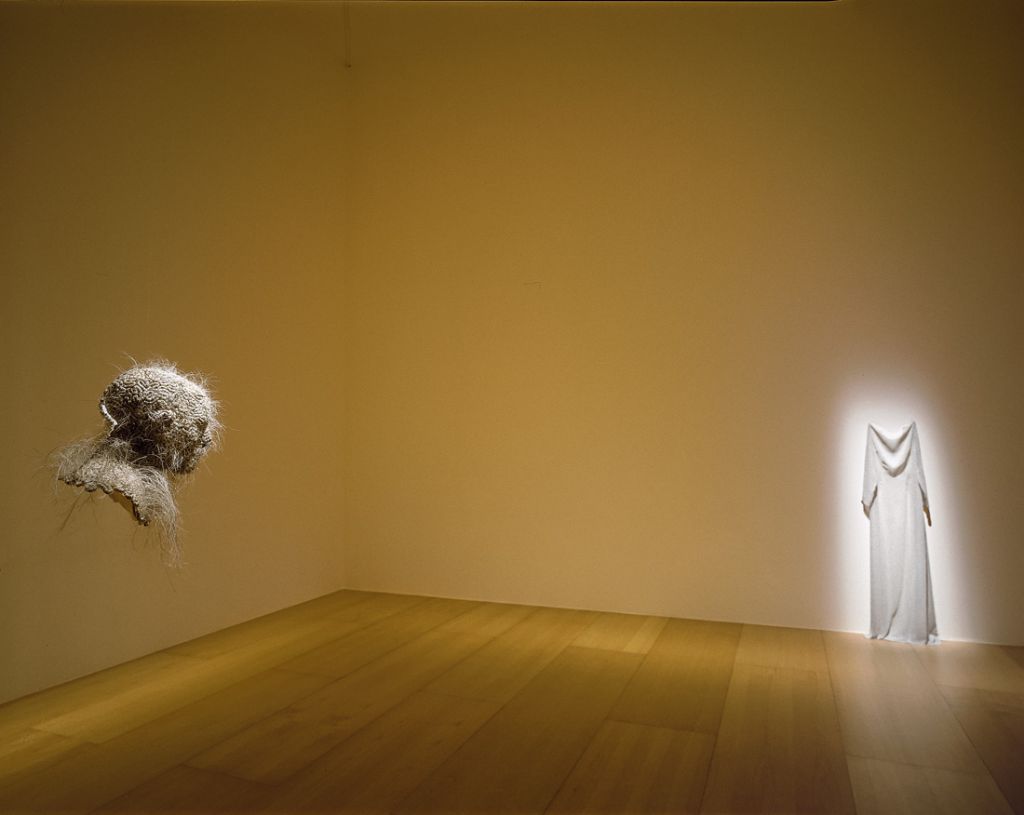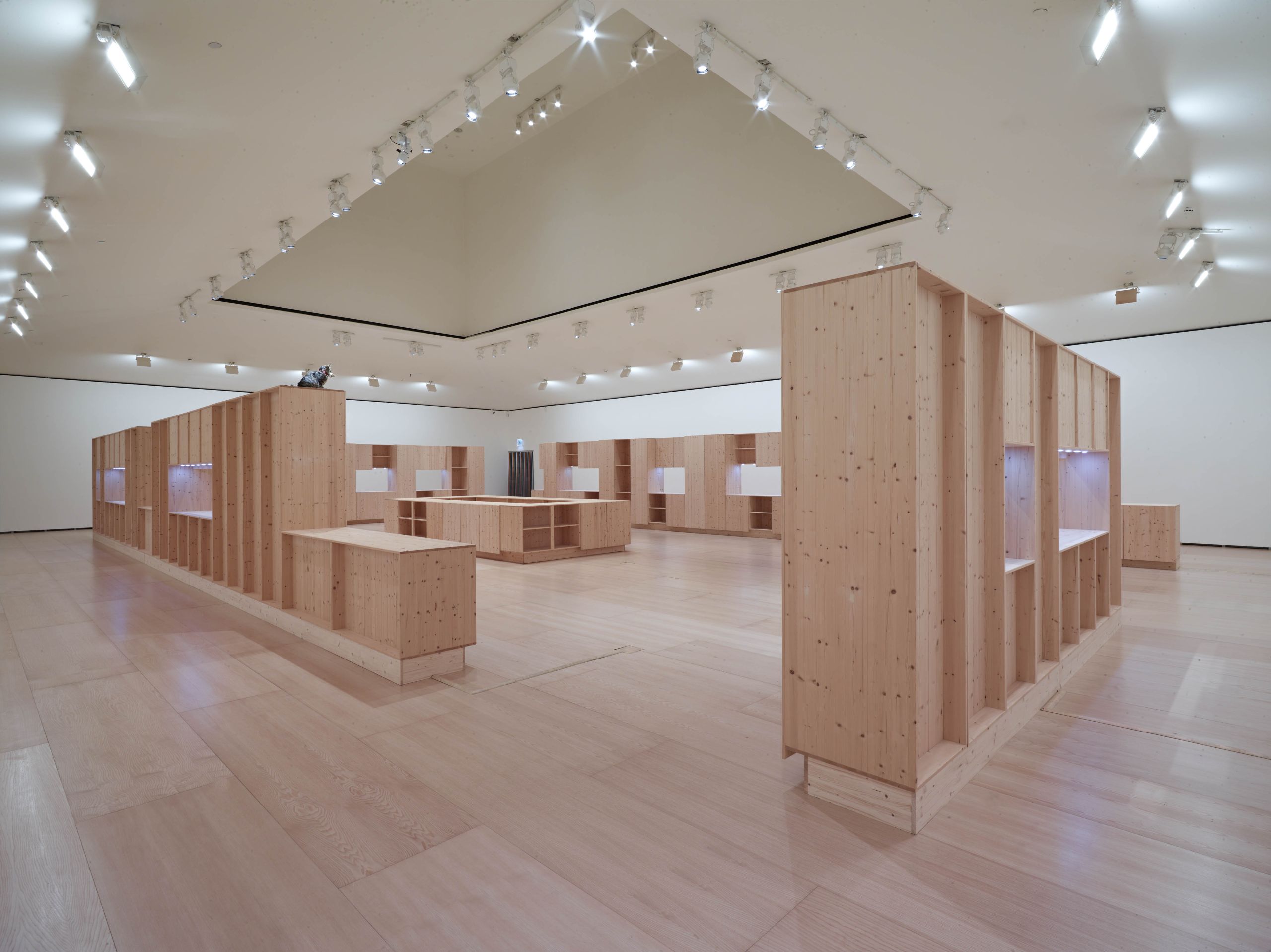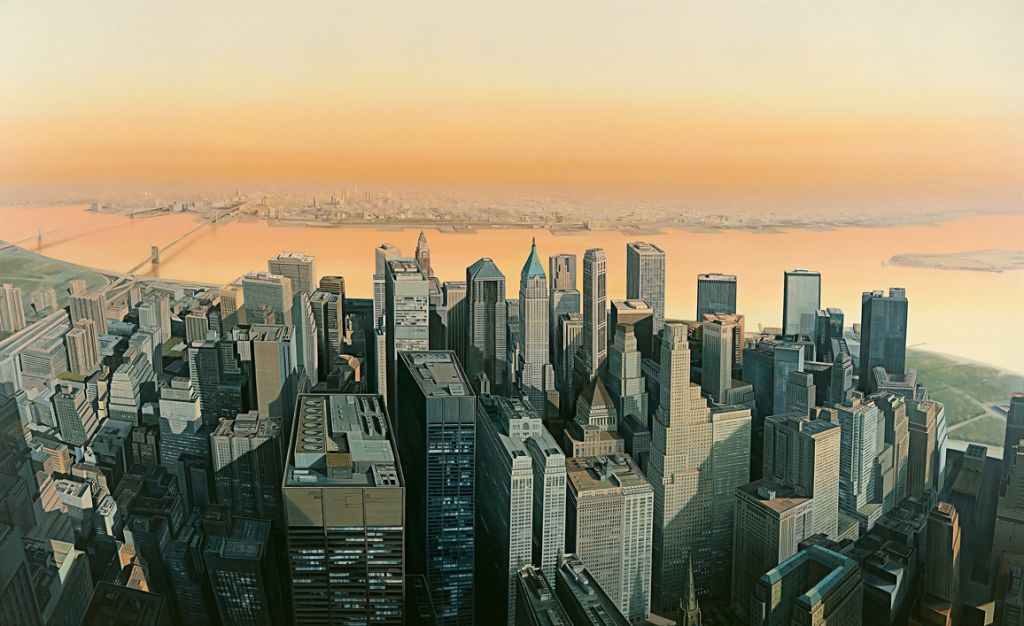Levitas
1998Blown glassOverall dimensions variable
Educated first in his native Basque Country and then in Paris and Berlin, Javier Pérez began creating artwork in the early 1990s, introducing a unique, personal twist on the Body art that was popular in Europe at the time. In visually seductive sculptural objects, performances, drawings, and videos, Pérez has produced reverse images of our interiority, bringing the impure and animalistic traits that reside within us to the perimeter. He thereby annuls or disrupts the "socialization" of the body that is effected through the imposition of language and culture, and accesses a "natural, primordial, and precultural space." [1] In his exploration of the corporeal and the border between the self and the exterior world, Pérez reflects upon the vulnerability and fragility of identity, and the precarious nature of our existence.
In the installation Levitas, an absent figure has left a mysterious trace: a trail of formless glass balls, into which are set the impressions of feet. Levitas is the first work the artist created in glass, a medium that relates to the body, Pérez has noted, via the use of the breath in traditional glassblowing; he describes the "magic of glass" as "a process of the interior moving outward, with all its limitations." [2] In Levitas, the fragile substance of our inner self is thereby embodied in the crystalline spheres. Pérez's use of glass in this work unleashes a metaphorical game: the shape of the foot is trapped within the glass balls, which are like transparent pneumatic chambers, so that although the body's physicality is made evanescent, the quest for contact with the outside world is constricted by another, external skin. The feet may suggest winged steps, referring to man's need to escape from himself, to be permeable to the world—an important notion for Pérez. However, the balls in which they are located tie them to the ground, so that they may never take off. In this way, Pérez refers to our fruitless flight from ourselves toward the exterior.
1. Javier Pérez, quoted in Teresa Blanch, "Huéspedes y gemelos," in Javier Pérez: Mudar (Bilbao: Sala Rekalde, 1998), p. 34; Conversations held with Teresa Blanch in November 1997.
2. Teresa Blanch, "Rojo," in Javier Pérez: Mutaciones (Madrid: Museo Nacional Centro de Arte Reina Sofía, Palacio de Cristal, 2005), p. 42. Conversation between Javier Pérez and Teresa Blanch, conducted in Barcelona between February and April 2004.
Source(s):
Teresa Blanch. "Javier Pérez." In Guggenheim Museum Bilbao Collection. Bilbao: Guggenheim Museum Bilbao; Madrid: TF Editores, 2009.
Original title
Levitas
Date
1998
Medium/Materials
Blown glass
Dimensions
Overall dimensions variable
Credit line
Guggenheim Bilbao Museoa






